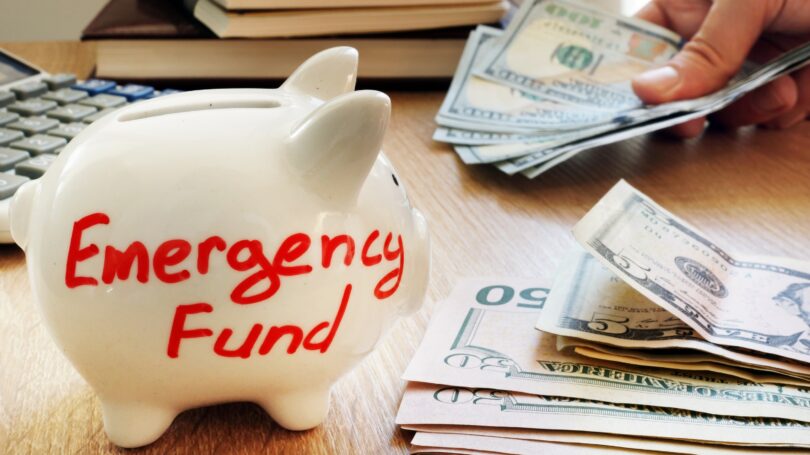COVID-19 has made the economy uncertain, and many people lost their jobs as businesses started closing and the governments began implementing restrictions. The pandemic caused millions of employees to be laid off, facing uncertainties about their future. Back-up savings, such as an emergency fund, would have helped several families sail through the pandemic.
What is an Emergency Fund?
An emergency fund is Savings set aside to cover unforeseen circumstances such as unexpected medical expenses, unemployment, car accidents, and home repairs. The COVID-19 pandemic is a good wake-up call for someone who has not created an emergency fund or is putting the task off. You cannot predict what will happen tomorrow, but having a safety net to rely on can reduce your risks and prepare you for unexpected situations.

How much should I save in my emergency fund?
A viable emergency fund allows you to cover all your expenses between three to six months. Some experts even suggest that your fund should be able to hide anywhere between eight to twelve months to keep you financially secure in an emergency. In any case, having an emergency fund can provide you with the necessary financial buffer without relying on credit or taking out high-interest loans to keep you afloat.
How can you start your emergency savings fund and maintain it?
Creating an emergency fund can be challenging, but taking the right steps in planning and budgeting can help you successfully meet your savings goals. Starting your fund from zero is possible if you do the following steps:
Define your Emergency:
An emergency fund differs from a savings account because it is not being saved for buying household items or a car. It is reserved for true emergencies. It would help if you began by defining what qualifies as your true emergency.
Set your Savings Goal and Make Contributions:
Sticking to a savings budget can be difficult. Still, you can start by listing your monthly expenses, such as rent, food, utilities, groceries, and other household purchases, and set aside your savings budget. Several online financial calculators help you determine your expenses and how much money you need to save. Once you have your amount fixed, make the selected contributions every month. Setting up automatic payments helps you contribute to your savings without second-guessing it.
Start Small:
Your savings goals may sound overwhelming in the beginning. The key here is to start with small contributions, set realistic goals to keep you focused and make this a long-term habit.
Monitor your Progress and Celebrate Success:
Check your progress regularly. As your savings grow, you will appreciate that your planned goal is being realized.
Some other options to add contributions to your fund include:
- Selling items in your household to convert to cash
- Finding alternate income opportunities
- Getting a second job
- Make cuts in your budget
Don’t be afraid to spend your emergency fund in the case of emergencies. Saving is a habit you need to invest in throughout your life. They are realized slowly initially, but as you work hard and contribute to your savings fund, you can keep yourself ready for whatever the future brings.














